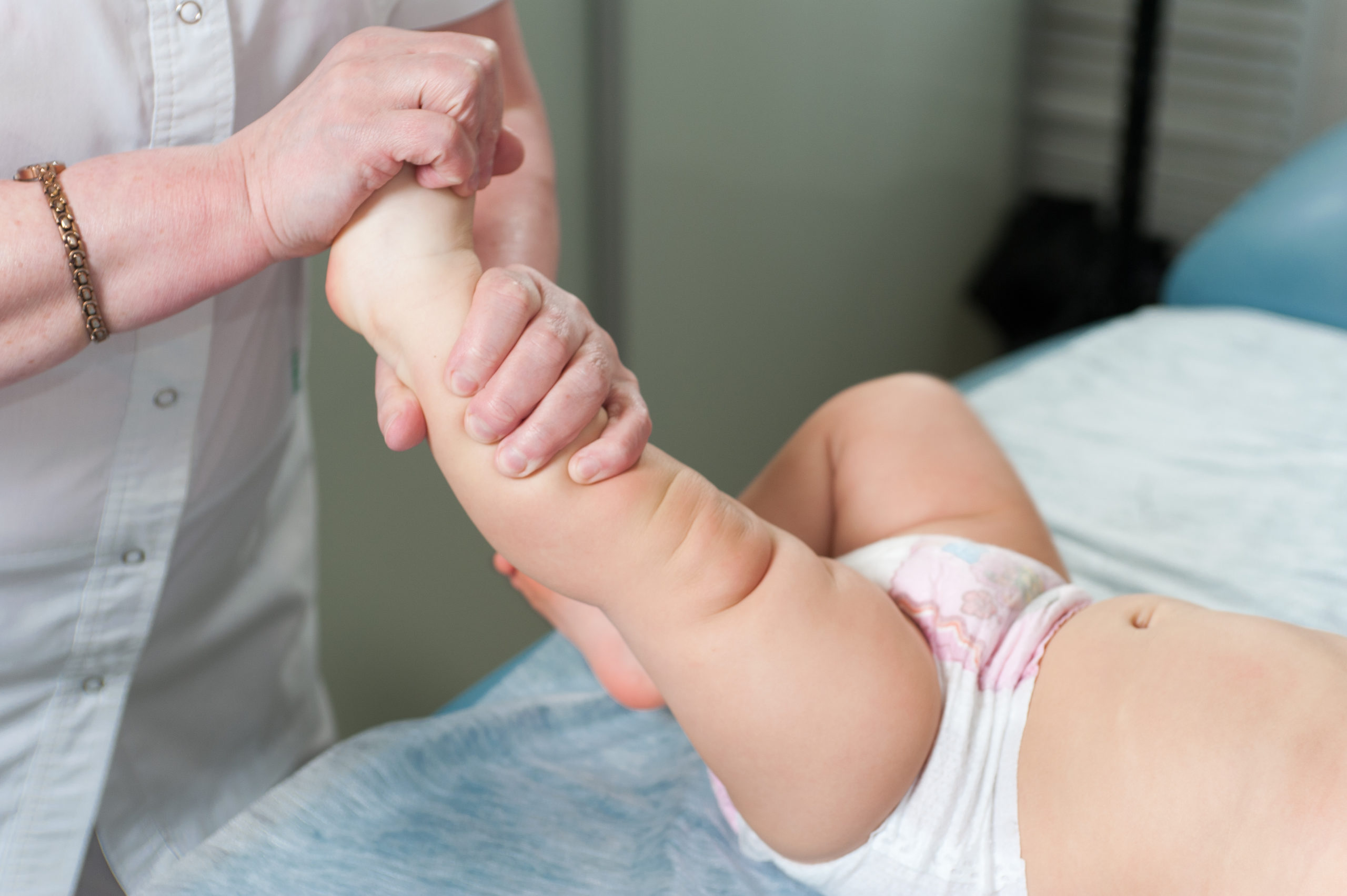Hypotonia (Muscle Weakness): Signs, Causes, and Treatments


Hypotonia means decreased muscle tone. It can be due to a specific condition called benign congenital hypotonia, Hypotonia could also be a sign of another condition, such as muscular dystrophy or cerebral palsy. It is a progressive decrease of muscle tone and is seen in infants .
Signs of hypotonia
Depending on the cause, hypotonia can occur at any age. The signs of hypotonia developed in infants and children are:
Certain distinctive features are :
- A floppy or “rag doll” appearance in infants with hypotonia
- Some fine and gross motor developmental milestones that allow a baby to hold the head up when placed on the tummy, balance themselves, or move into a sitting position and stay upright without falling over, may be delayed in infants.
- Hip, jaw and neck dislocations can occur.
- If the child can’t suck or chew for long periods, they may have problems eating.
- The child may have speech issues or have shallow breathing
- Having little or no control over their neck muscles
- Instead of bending at the elbows, hips, and knees, their arms and legs hang straight down from their sides.
- In newborns and early toddlers, a weak wail or a soft voice
Hypotonia makes it more difficult for a kid to complete motor developmental milestones, including sitting up, crawling, walking, talking, and feeding.
The signs of hypotonia at a later age are:
- Falling frequently
- Decrease in muscle tone
- Poor reflex
- Difficulties in speech
- Less strength
- Hyper flexibility
- Wrong posture
Causes of Hypotonia
Hypertonia can be caused due to various reasons, including problems in the nervous system, or muscular system.. Sometimes, the cause can never be identified. Benign congenital hypotonia is a condition where a child is born with hypotonia but is not related to any underlying condition.
A child’s muscle tone can be gained by physical, occupational and speech therapy. This helps the child to stay on the path of development. Some children can also have developmental delays.
Hypotonia can be caused by other conditions that can affect the brain, central nervous system and muscles. They are :
- Brain damage due to lack of oxygen at birth
- Muscular dystrophy
- Cerebral palsy
The genetic conditions that cause hypotonia are:
- Trisomy 13
- Prader-Willi syndrome
- Down syndrome
- Tay-Sachs disease
- Triple X Syndrome
Though children with Down syndrome and Prader Willi syndrome get back to normalcy after the therapy, children with Tay Sachs disease and trisomy 13 live only for a few months or years. Botulism infections or contact with poisons or toxins can cause hypotonia in rare cases.
Diagnosis of hypotonia
If a child is diagnosed with hypotonia, the specialist will inquire about the family history, pregnancy and delivery, and any issues that have arisen following birth.
The doctor will want to know about the family’s medical and genetic history, as well as do a physical examination. They can look at their:
- Abilities to move
- Sensory abilities
- Balance
- Coordination
- Mental health
- Reflexes
The doctor may also request a variety of tests, including:
- A CT or MRI scan of the brain
- Blood tests
- Electromyography (EMG) – a test that determines how well nerves and muscles perform.
- Electroencephalogram (EEG) – to monitor electrical activity in the brain
- Spinal tap – a procedure that allows a doctor to test a sample of the fluid around the spinal cord for examination.
- Muscle biopsy is when a sample of the child’s muscle tissue is taken to be examined under a microscope.
- Genetic tests
Treatment for hypotonia
Treatment differs based on the severity of your child’s condition. A treatment plan will be shaped by your child’s overall health and capacity to participate in therapy. Some children may need to see physical therapists regularly. Depending on their skills, kids may work toward specific goals such as sitting upright, walking, or participating in sports.
Youngsters may require assistance with coordination and other fine motor skills in some circumstances. Wheelchairs may be required for children with severe medical issues. Joint dislocations are common since this condition renders joints exceedingly loose. Braces and casts can aid in the prevention and treatment of certain injuries.
The following are the types of treatment for hypotonia
- Sensory stimulation programs – These help with the recognition of sight, hearing, touch, smell, and taste by newborns and infants .
- Occupational therapy – This will assist the child in developing fine motor skills, which are (or will be) necessary for everyday chores.
- Physical therapy can help the child get more control of their movements, similar to occupational therapy. It can also help us gain strength and tone over time.
- Speech-language therapy – Helps with breathing, speaking, and swallowing difficulties.
Long -term prospects
The following factors influence the long-term outlook:
- the root cause
- age
- severity
- muscles that have been affected
Hypotonia is a difficult condition to live with. It’s a disorder that might last a lifetime. Therefore youngsters will need to develop coping methods. They may also require counselling. Except in cases of motor neuron or cerebellar dysfunction, it is not life-threatening.
© Copyright 2024. Apollo Hospitals Group. All Rights Reserved.
 +91 8069991061
Book Health Check-up
Book Health Check-up
Book Appointment
Book Appointment
+91 8069991061
Book Health Check-up
Book Health Check-up
Book Appointment
Book Appointment







